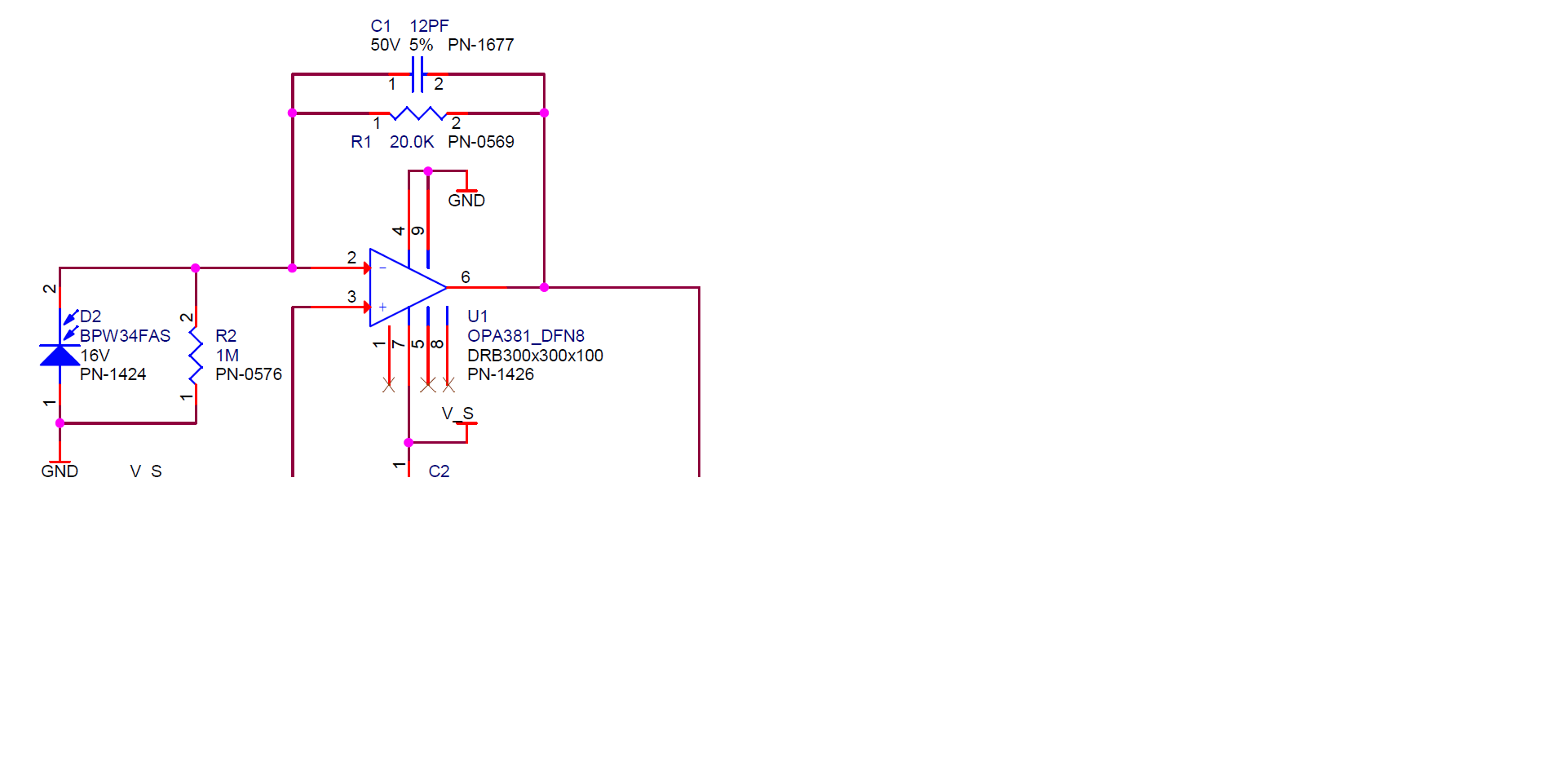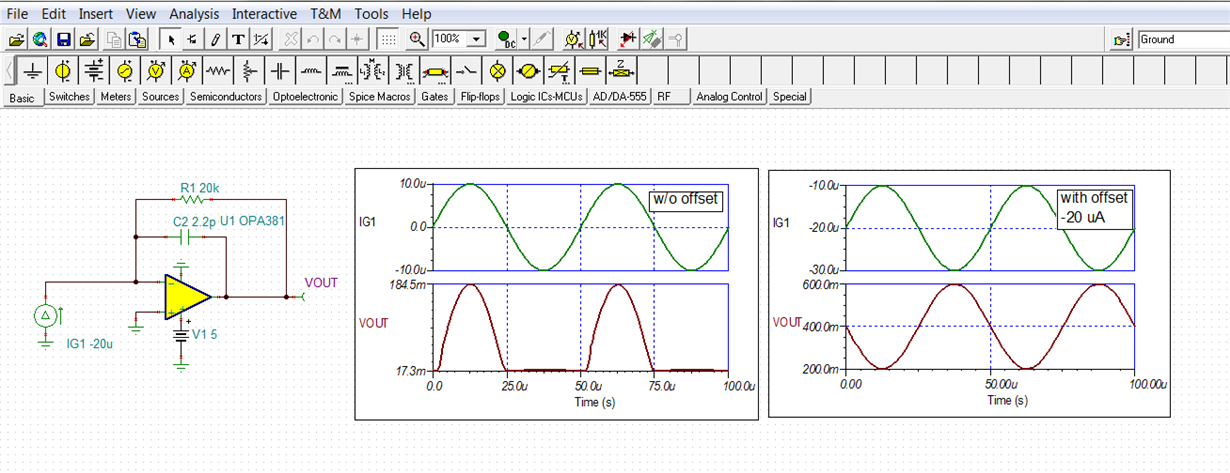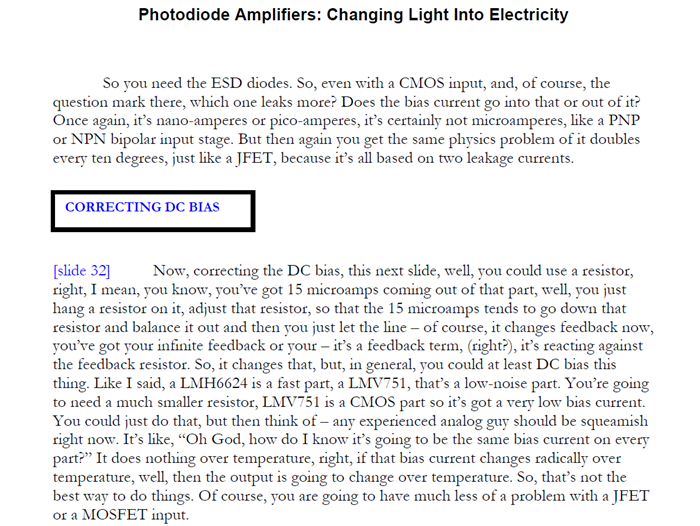Other Parts Discussed in Thread: LMH6624
Hello, Dear TI support and all analog experts,
I have an old design need re-spin. I know R1 is for gain. C1 is for stability. what is the purpose of R2 in this design. couldn't find it in TI's OPA381 data sheet.
really appreciate if anyone can explain it to me or give me a link that explain this.
Sincerely,
David Sun






